'Paris Platinum' Cartier Crash
Walking around any major city with a truly exceptional watch on wrist is a bit like walking down the street holding a Van Gogh above your head. Without wishing to be ostentatious, in many respects you are doing someone a very slight favor by adding a degree of culture to an otherwise very ordinary day (for those few who recognize it). But then, you are also assuming the kind of risk that comes with taking 1889’s The Starry Night off its mounting, showing a random stranger in the street some canvas worth $1B (supposedly), and hoping for the best. Anyone who has worn a recognizable watch in London knows this feeling. Nowhere is this analogy more true than with Cartier’s Crash, regardless of iteration. This is as close as watchmaking has come to pure art. The only distinction is that, perhaps, a Dalí would be a more accurate metaphor.

There is not one among us who hasn’t heard the apocryphal story of the Crash’s origin; some English gentlemen driving an outrageously fast vehicle through the city center had a wreck and burst into flames, his beautiful Cartier Baignoire now mangled. This almost certainly never happened. However, the truth is perhaps even more interesting. Many speculate that its inspiration is Dalí’s 1931 The Persistence of Memory and melting watches it depicts. This debate is unlikely to end, trust me. More concretely, we know the crash was a design by Jean-Jacques Cartier and designer Rupert Emmerson, intended to capture the rebellious attitude of London’s swinging 1960s when Cartier London were allowed to operate with true creative freedom. They made a watch, but particularly a case, which encapsulated all that was revolutionary: liberating miniskirts on Carnaby Street, The Who on pirate radio, and the first Mini Cooper giving a middle finger to Jaguar’s luxurious capitalism.

Earlier this year, an original London crash famously hammered at 1.5M. This is mostly because, as has often been quoted, there are thought to be around a dozen original London crashes. No one knows for sure. This example is from the very first set of reissues after that original London crash, produced in 1992 from the Paris boutique. This example is thought to be one of just 8 from that run in platinum. Let’s hope it continues to be worn as frequently as that case tells.


It’s not aggressive, but what I would call moderate level surface wear on its case. No significant bashes but hairlines all over that speak to a life well-lived. The dial is unadulterated. In truth, the sheer rarity of this Crash will keep it desirable in any condition. I quite like a watch which has been worn, but not had its original lines changed through endless polishing. This is that watch. It comes from a well-regarded Dutch retailer.
Find this Paris Platinum Crash here from Amsterdam Vintage Watches for 450000 EUR.
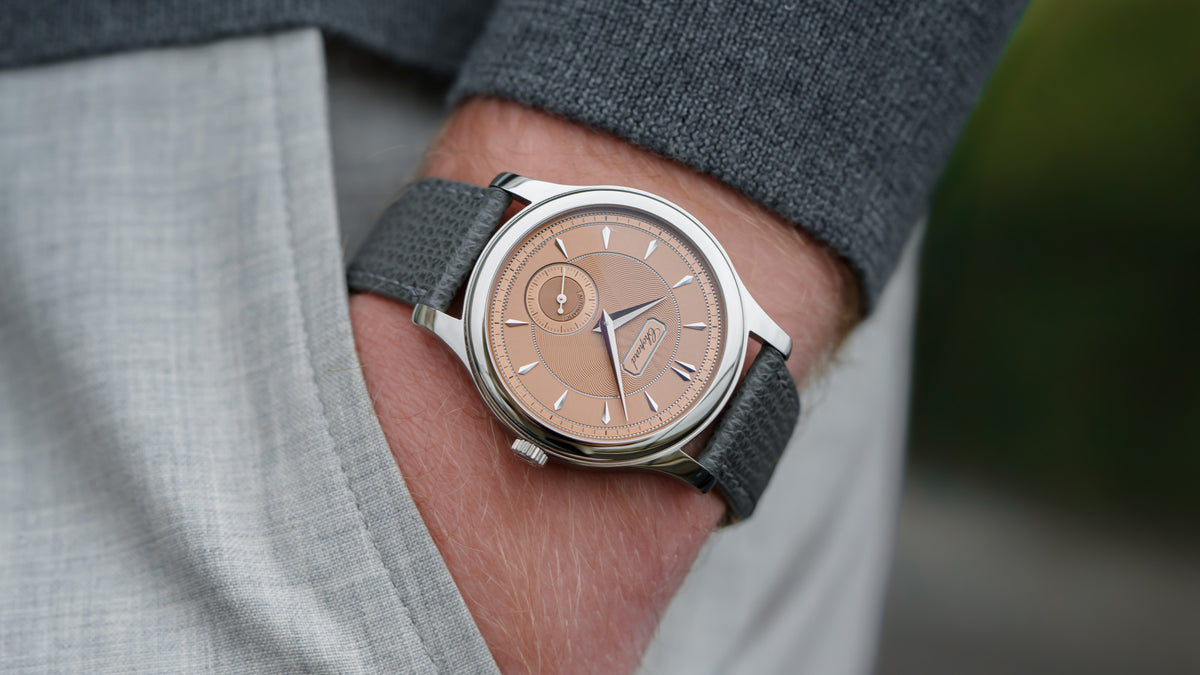
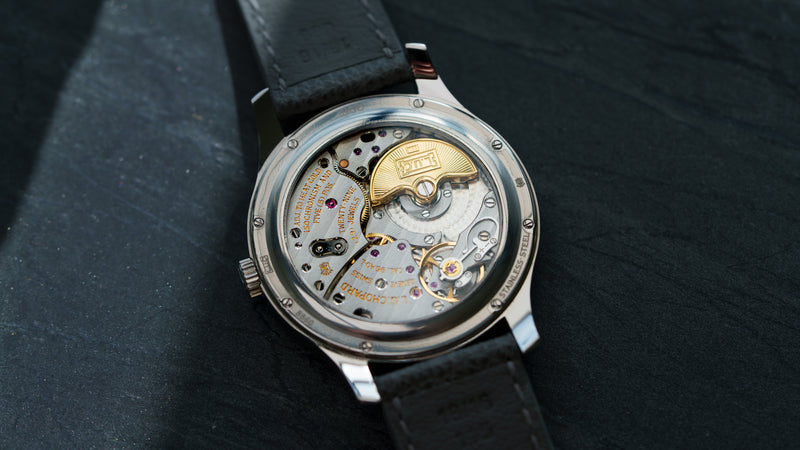

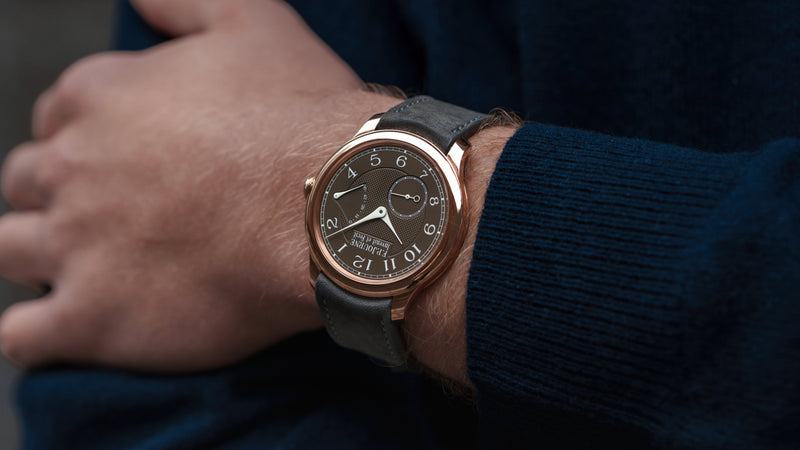
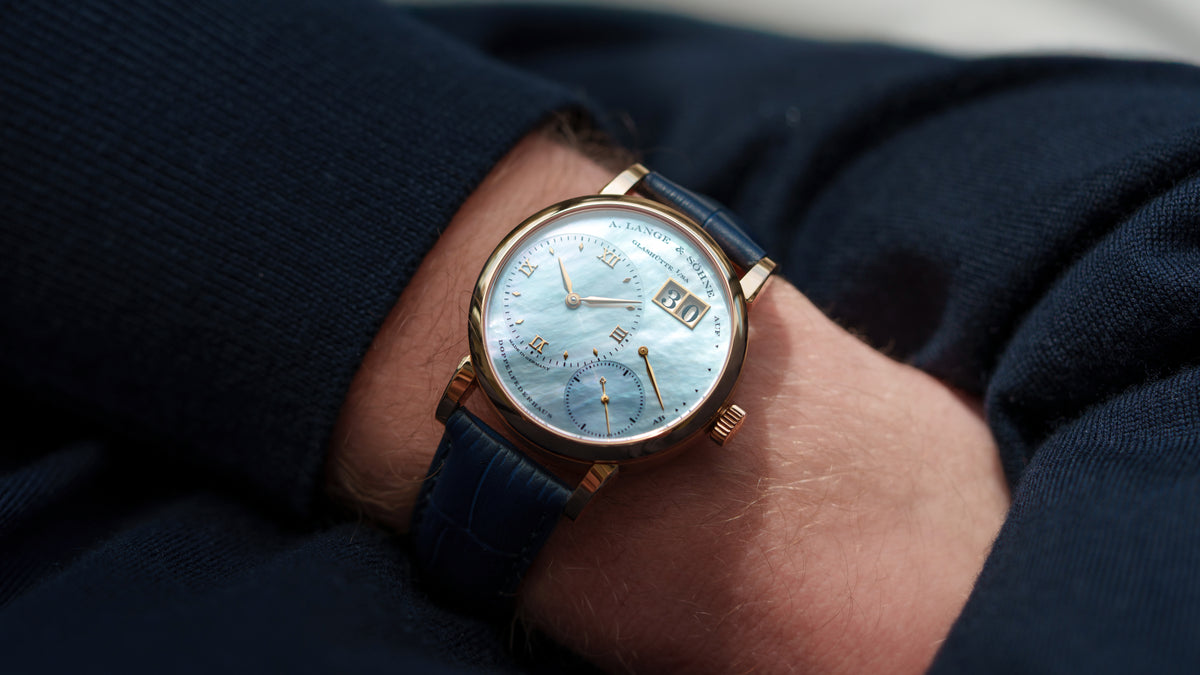
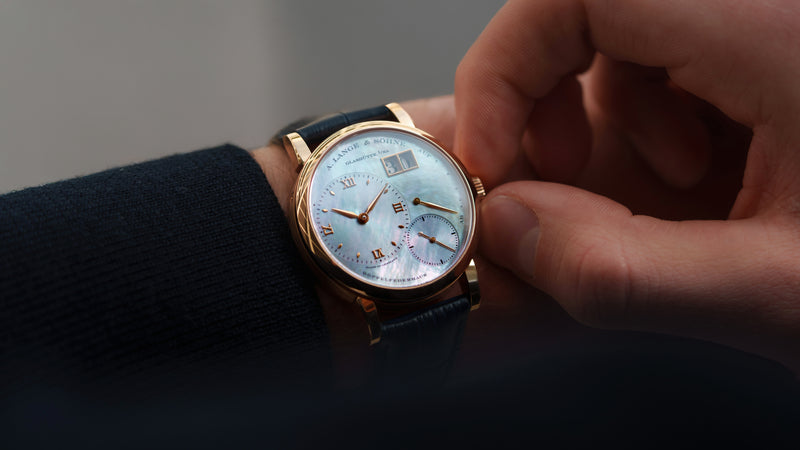


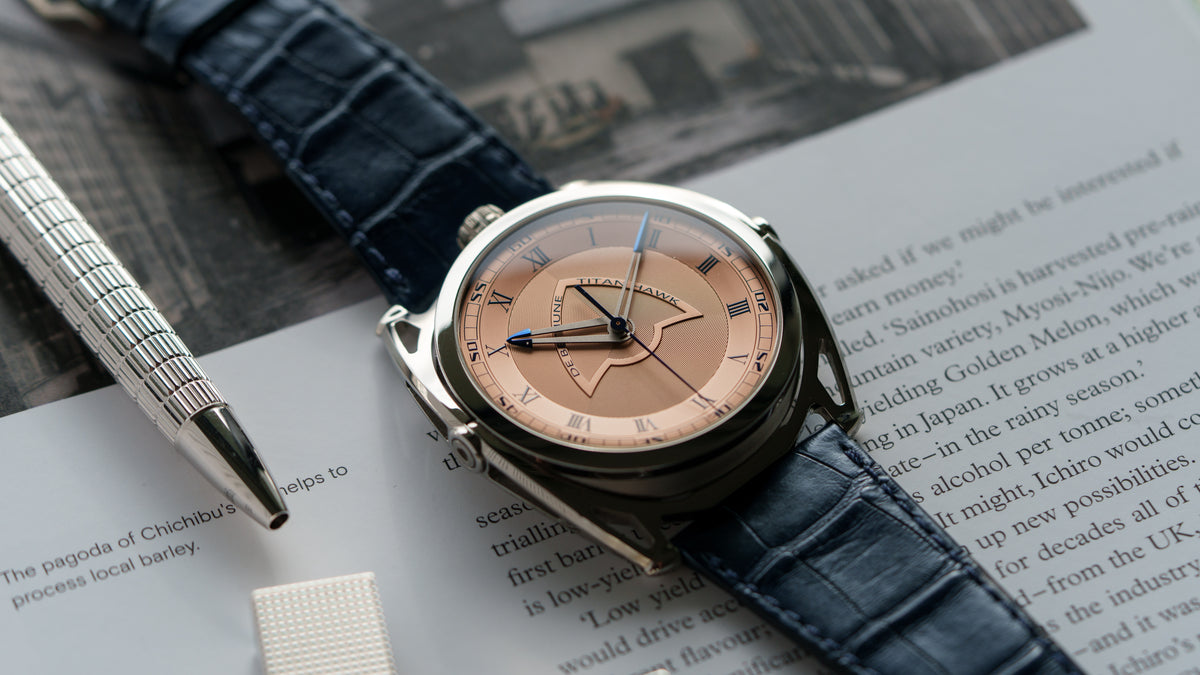
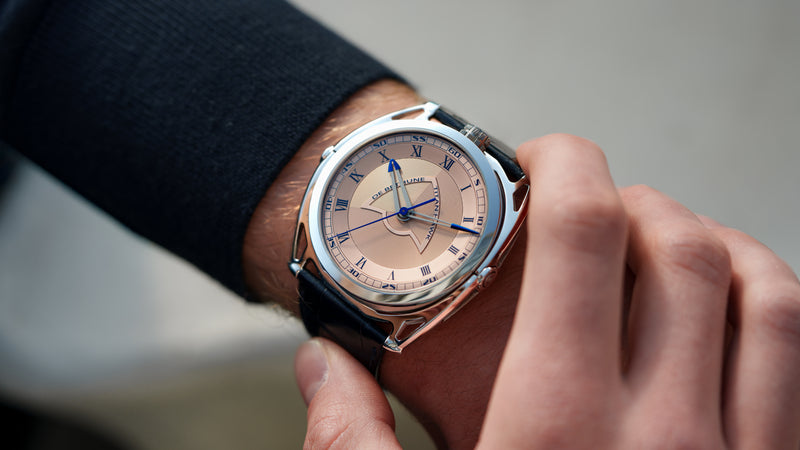




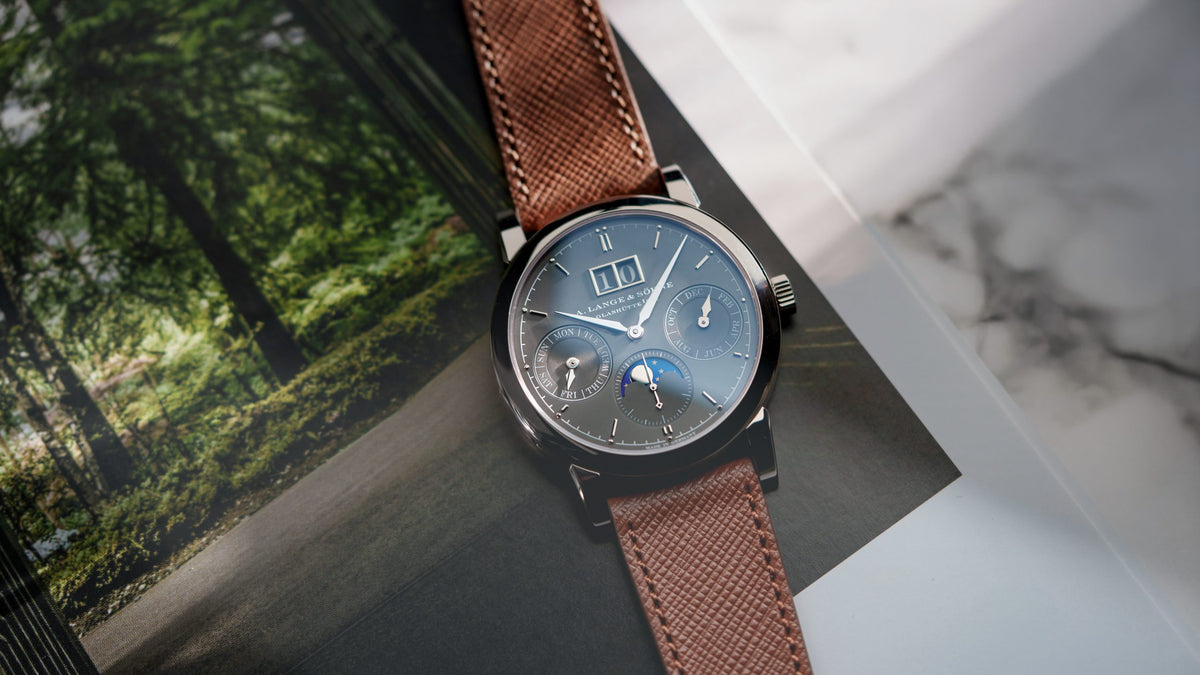

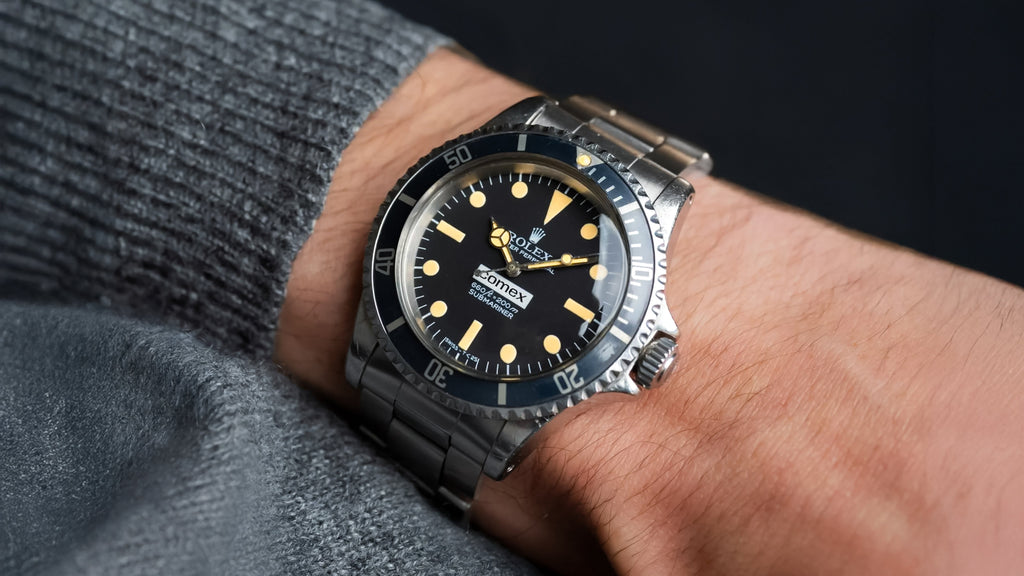
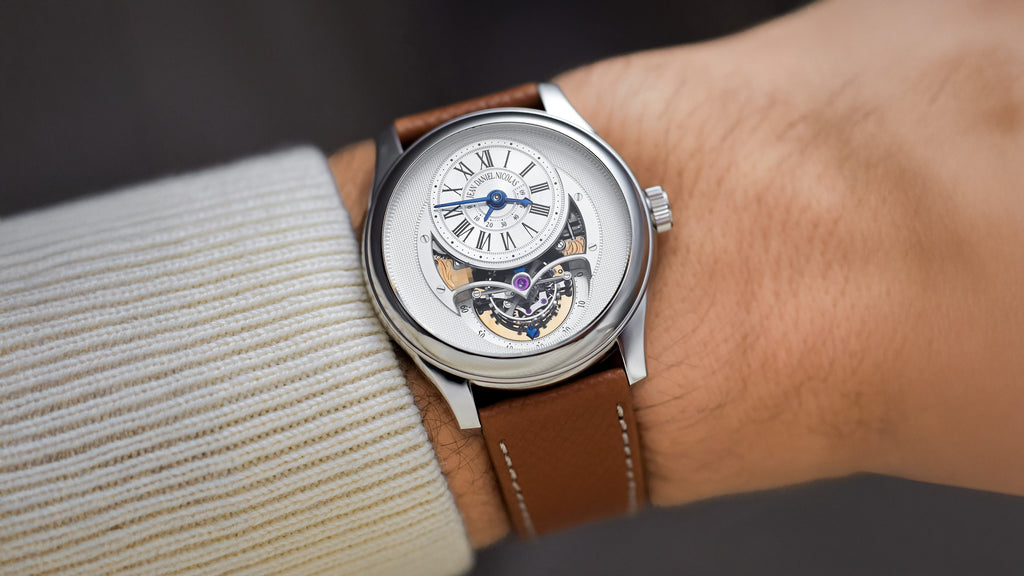
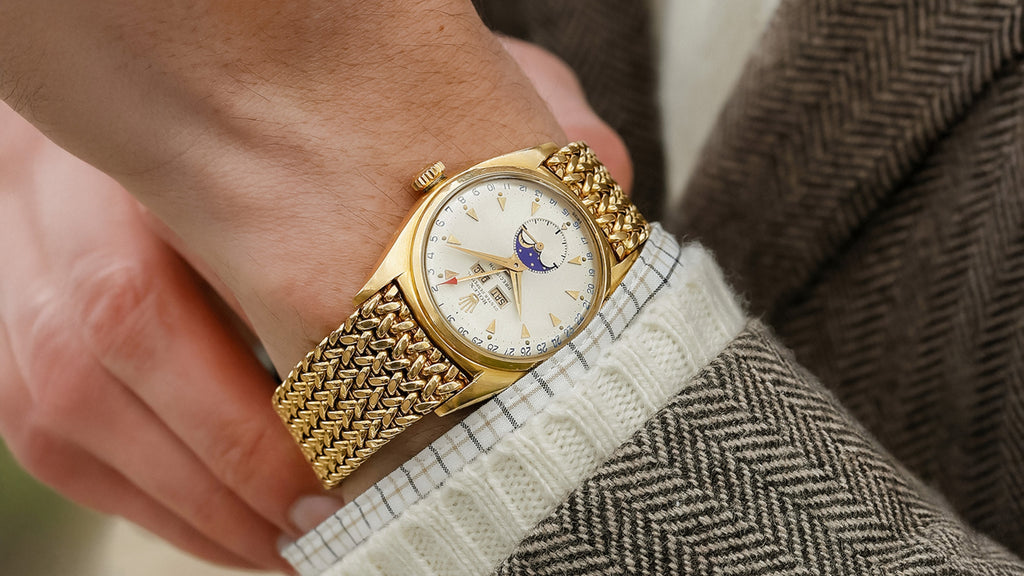
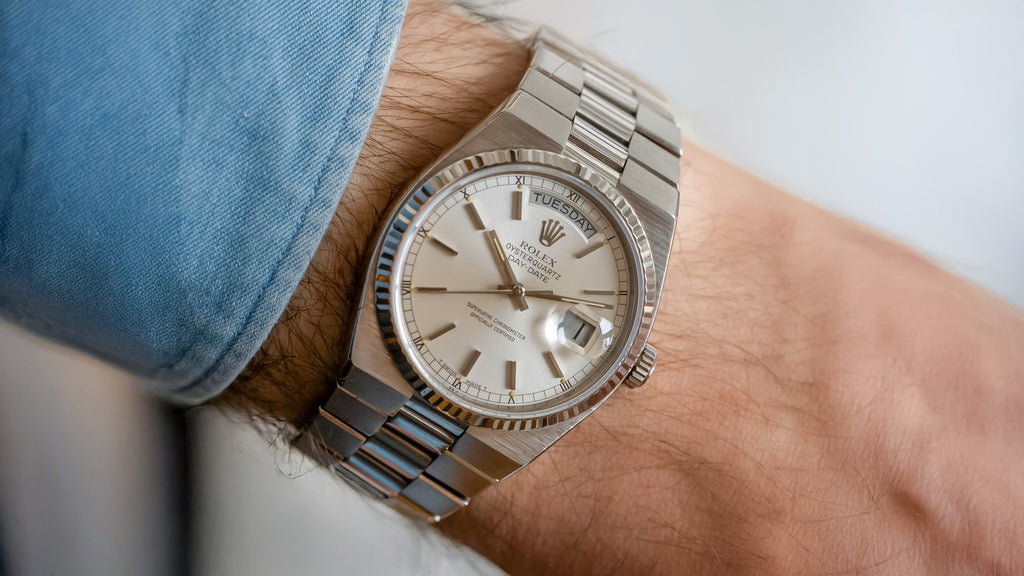
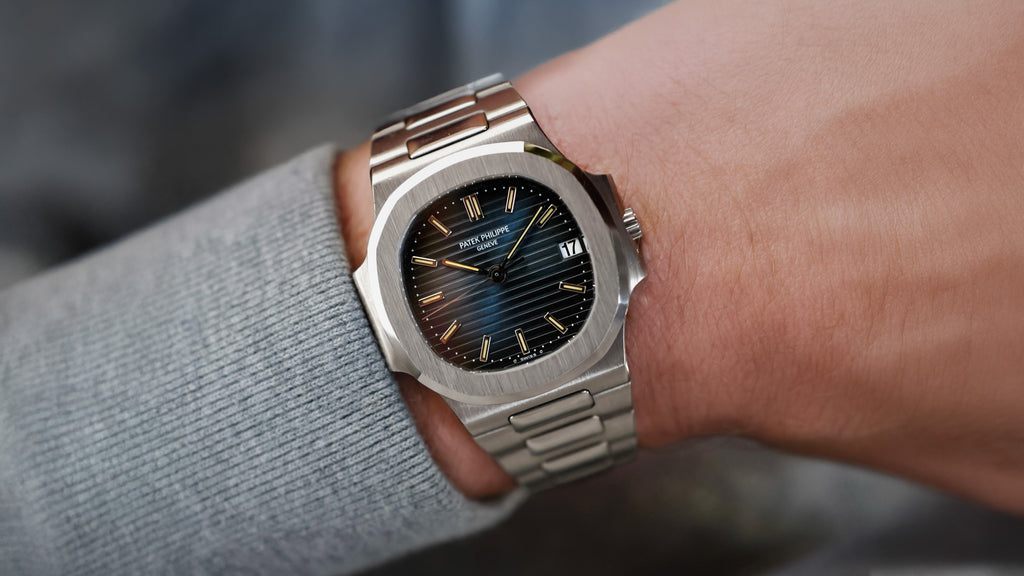
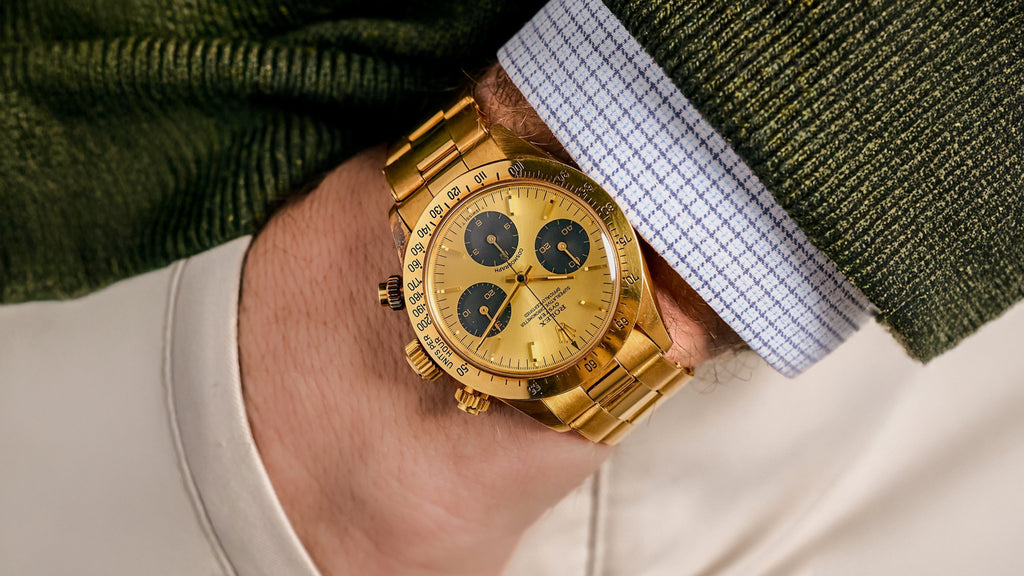

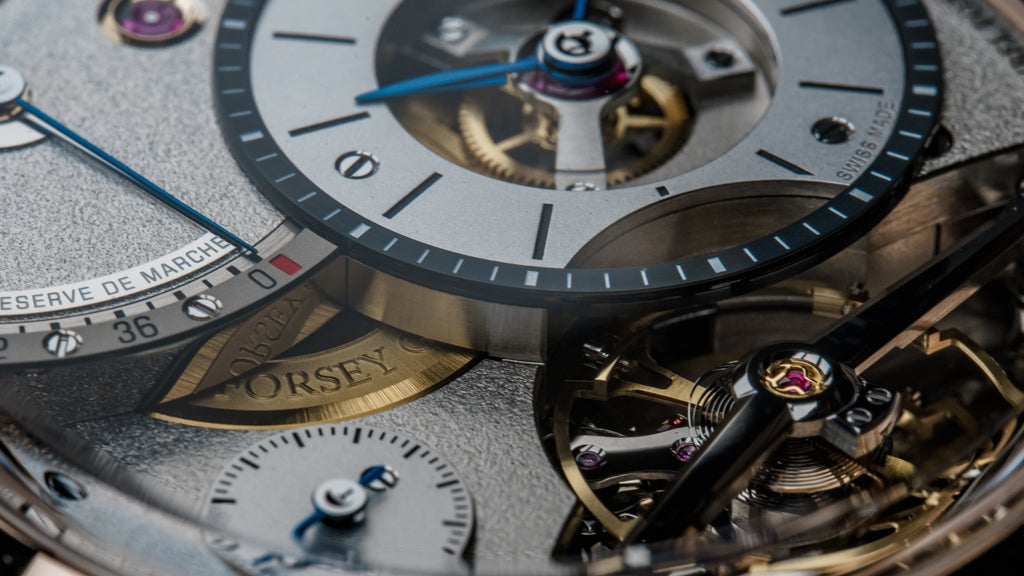
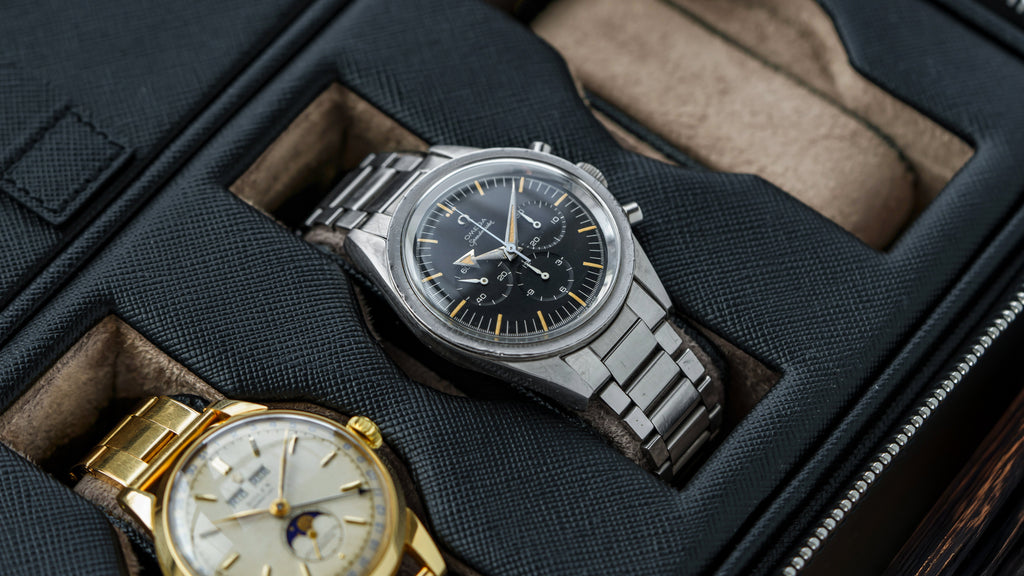

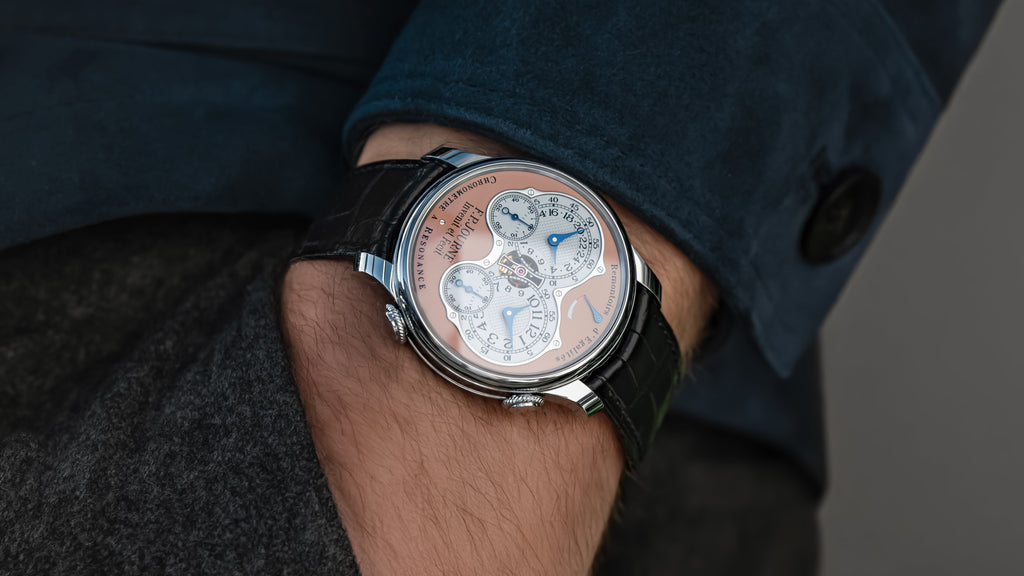
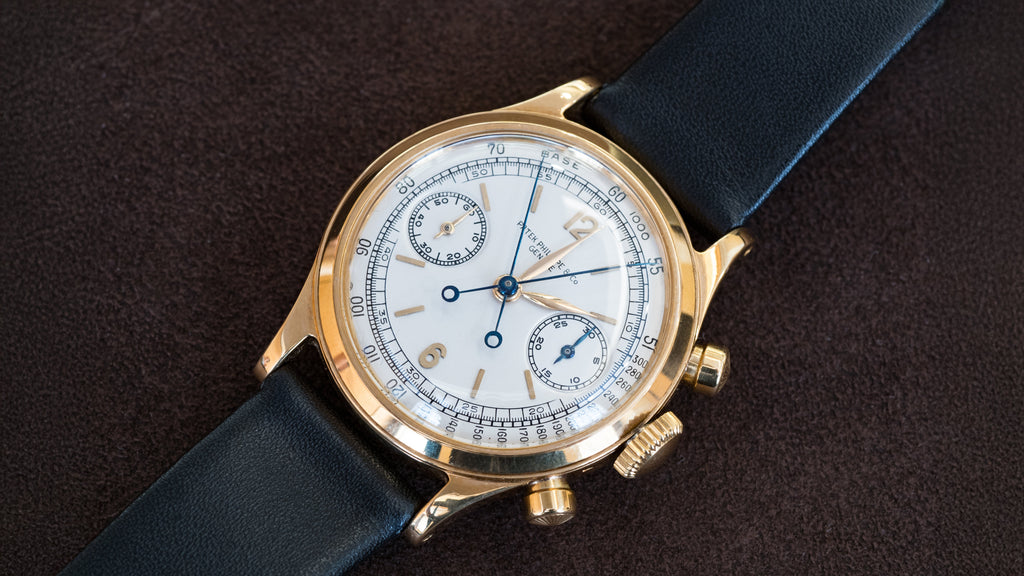




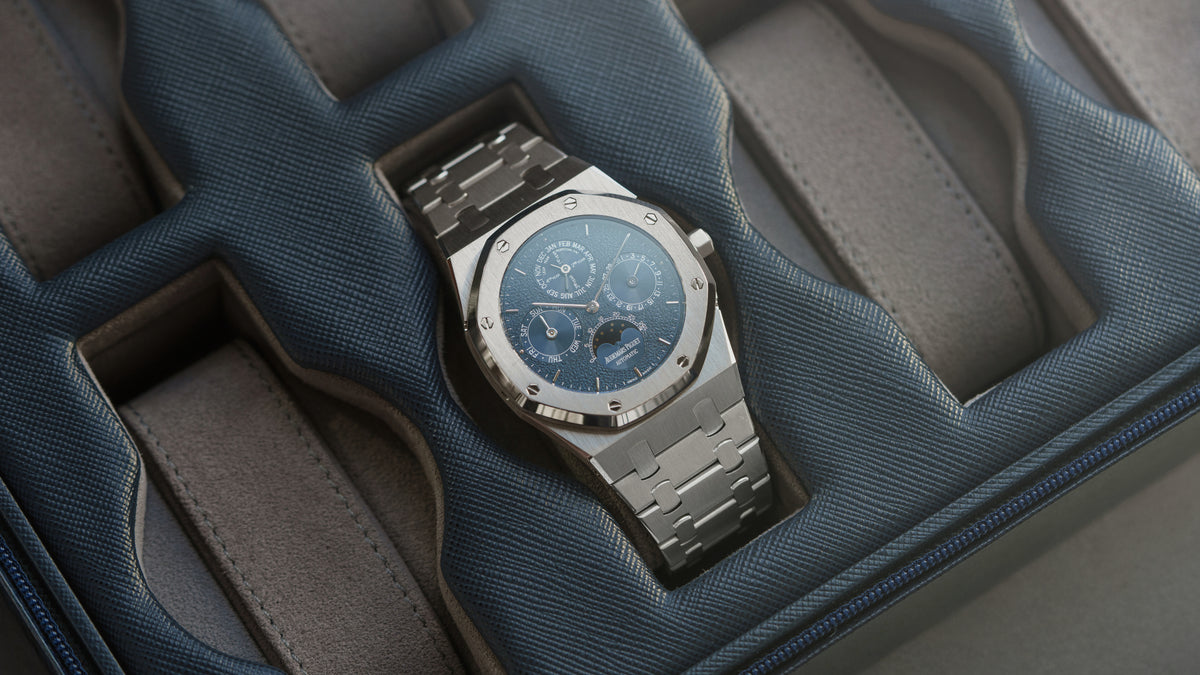
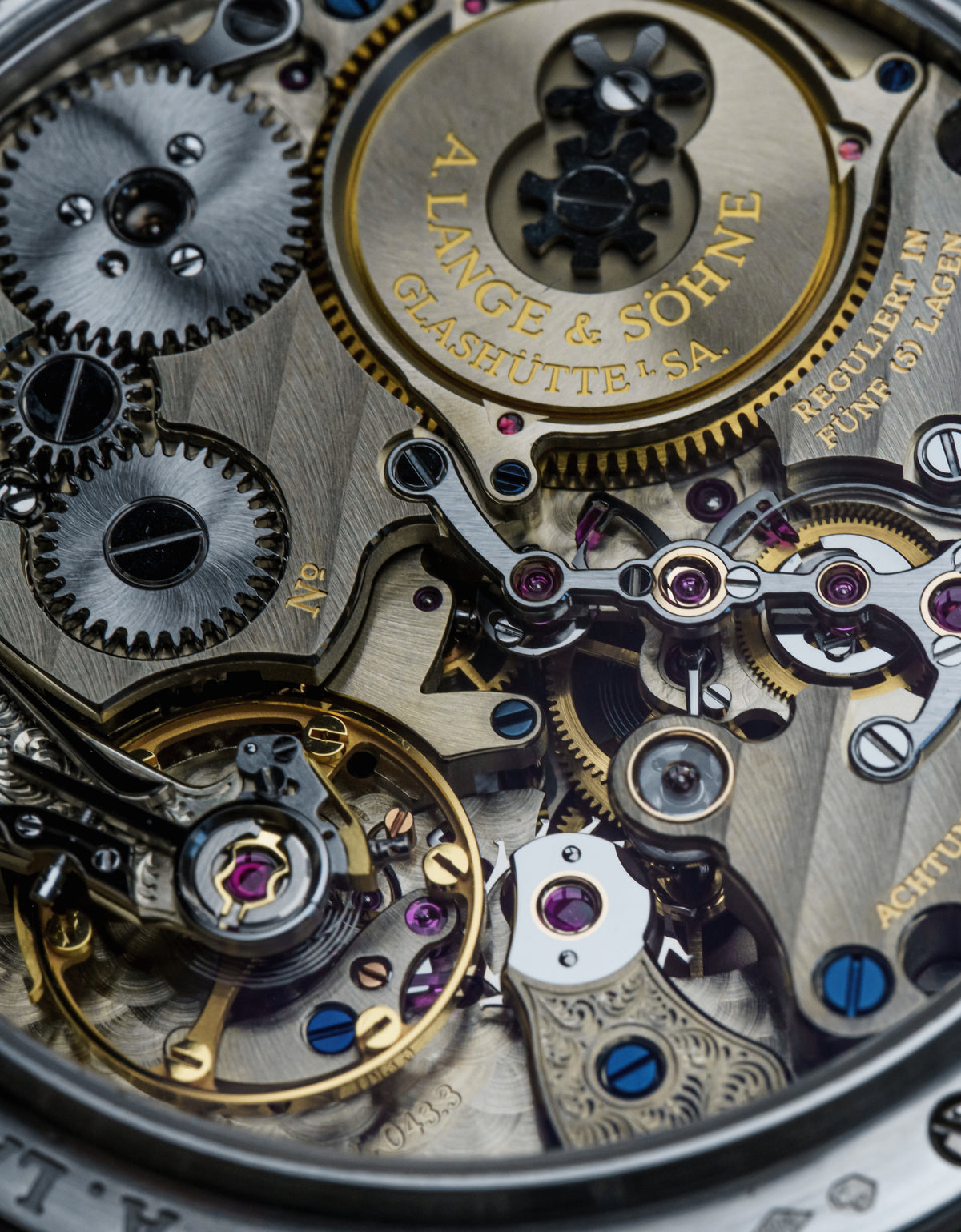




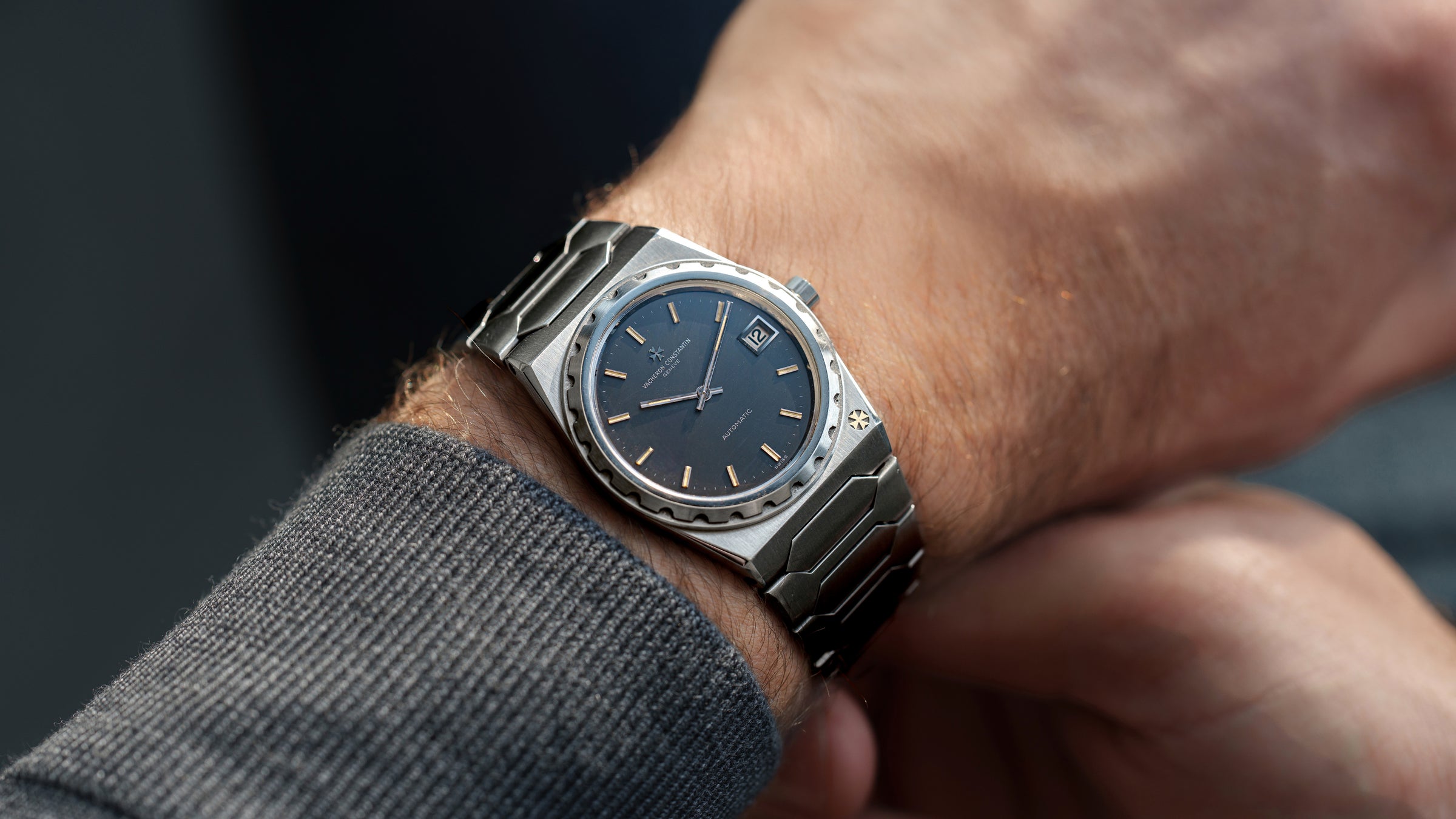
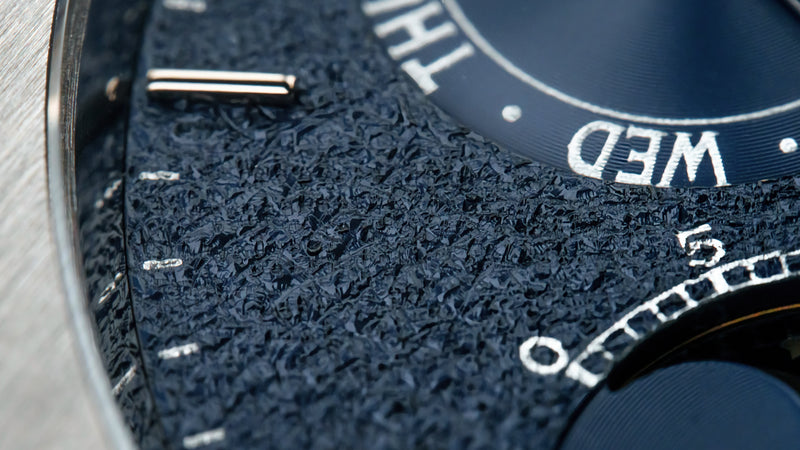

0 comments
Write a Comment